Optimal Seasons for Foundation Repairs
Foundation repairs are most effective when performed during specific seasons that minimize soil movement and moisture fluctuations. Understanding the optimal timing can help ensure the longevity and stability of the repair work. Proper scheduling can also reduce costs and prevent further damage caused by environmental factors.
Spring offers moderate temperatures and manageable soil moisture levels, making it suitable for foundation repairs. However, heavy rains can sometimes delay work or cause soil movement.
Summer repairs are possible but can be challenging due to higher temperatures and potential drought conditions. Ensuring soil moisture is maintained is crucial for effective repairs.
Fall provides cooler temperatures and stable soil conditions, making it an ideal time for foundation work. Fall also allows for repairs before winter weather sets in.
Winter is generally not recommended for foundation repairs due to freezing temperatures and frozen soil, which can hinder excavation and other repair processes.
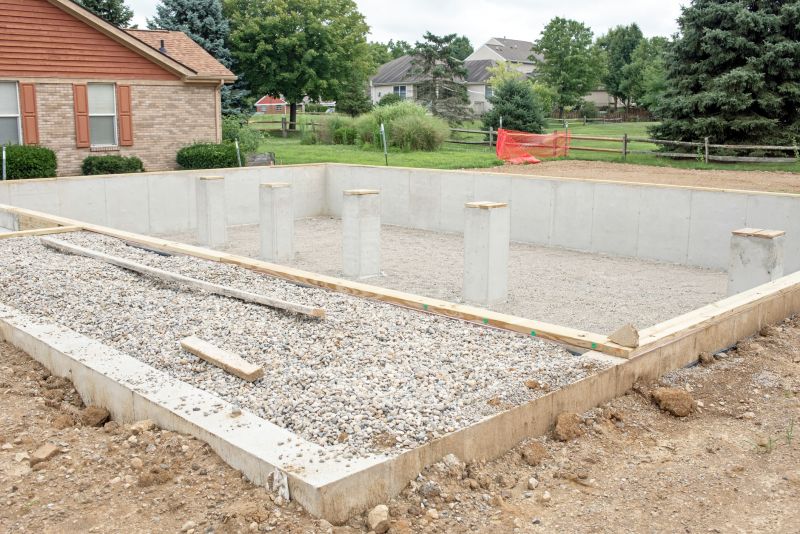
Springtime soil conditions are often ideal for foundation work, with moderate moisture levels and temperatures.
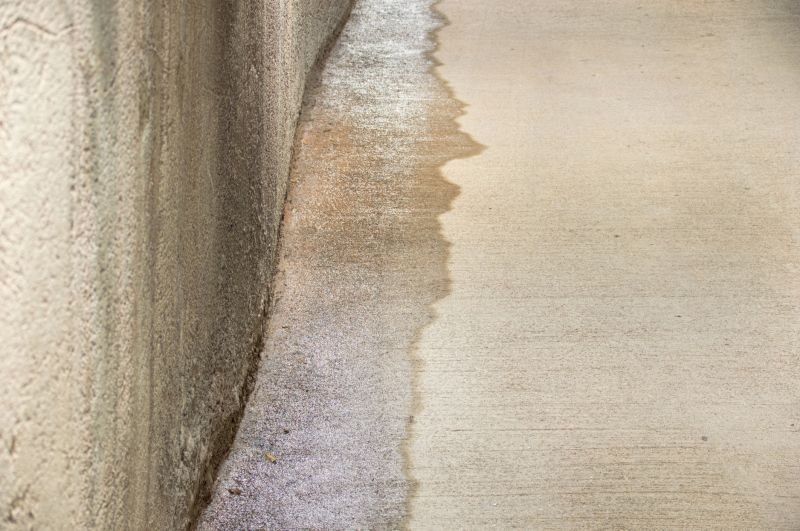
Maintaining soil moisture during summer can help facilitate effective repairs and prevent further shifting.
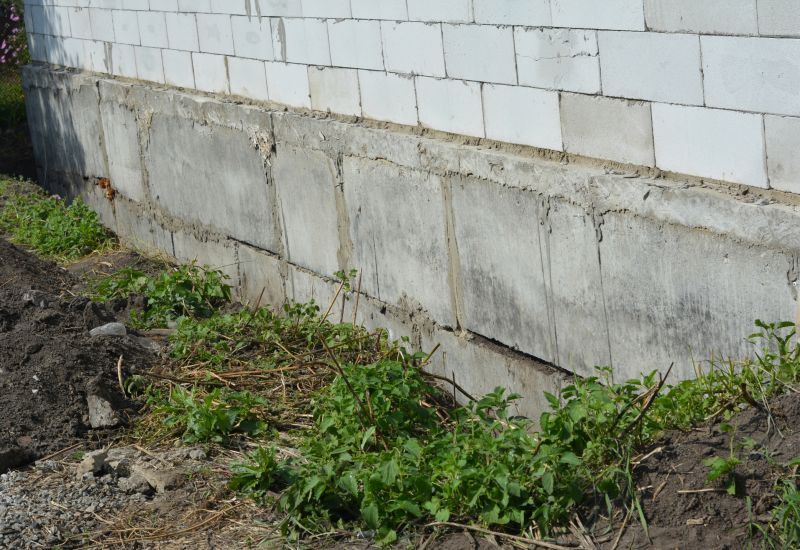
Fall's cooler weather supports stable soil conditions, suitable for foundation repairs before winter.
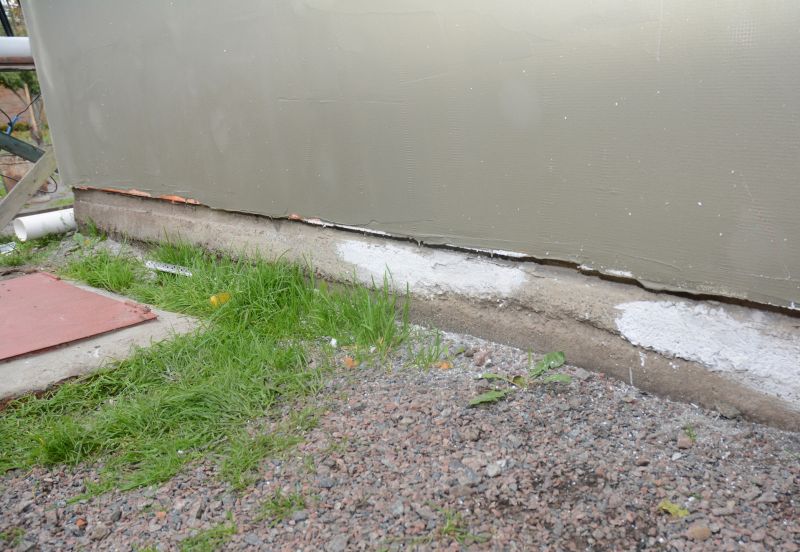
Ways to make Foundation Repairs work in tight or awkward layouts.
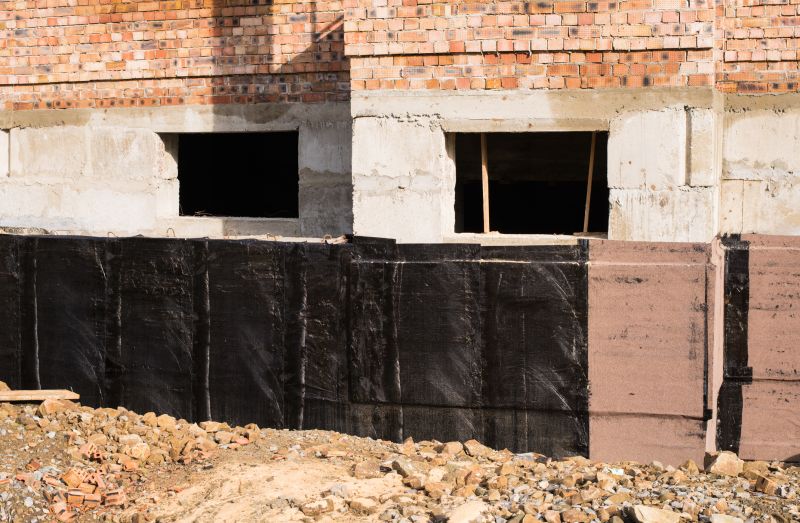
Popular materials for Foundation Repairs and why they hold up over time.
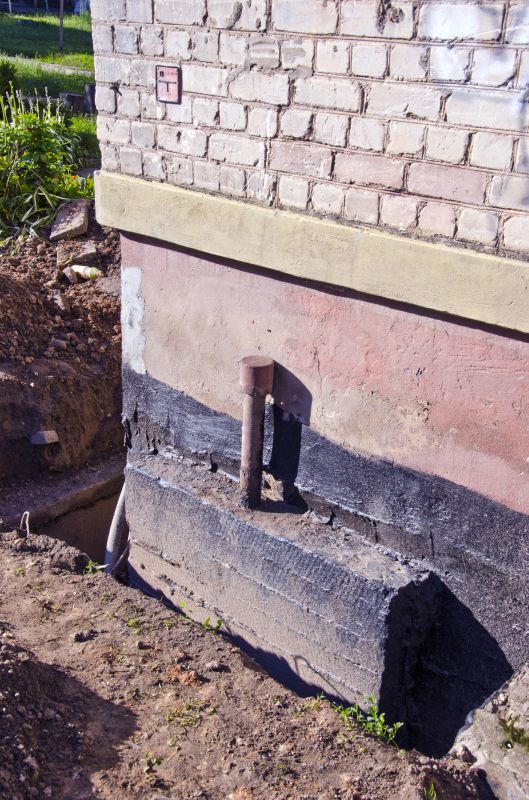
Simple add-ons that improve Foundation Repairs without blowing the budget.
| Season | Optimal Conditions |
|---|---|
| Spring | Moderate temperatures, manageable moisture, potential for rain delays |
| Summer | Warm temperatures, dry conditions, need for soil moisture control |
| Fall | Cooler temperatures, stable soil, ideal for repairs |
| Winter | Freezing temperatures, frozen soil, generally unsuitable |
Foundation repairs are critical for maintaining the structural integrity of a building. They address issues such as settling, cracking, and shifting caused by soil movement, moisture changes, and other environmental factors. Proper timing ensures the soil conditions are conducive to effective stabilization and minimizes the risk of future problems. Statistics indicate that addressing foundation issues early can prevent costly repairs and potential safety hazards. Seasonal considerations, soil type, and weather patterns all play vital roles in determining the best time for repairs.
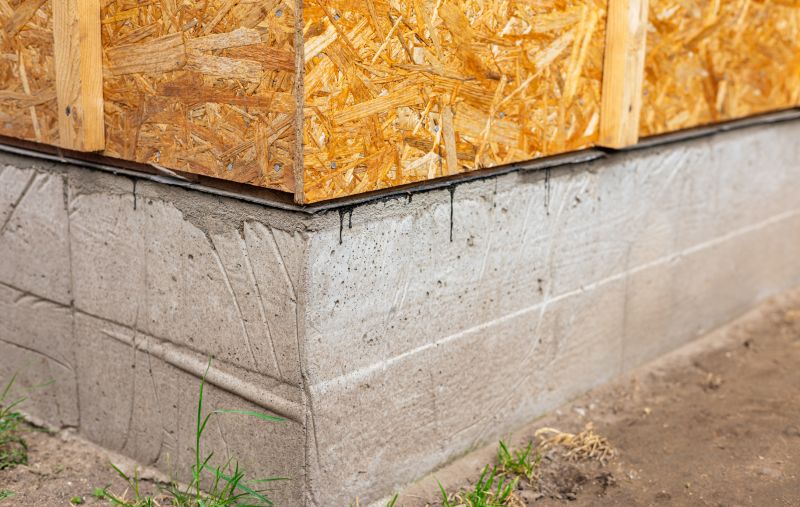
Visual overview of typical foundation repair techniques.
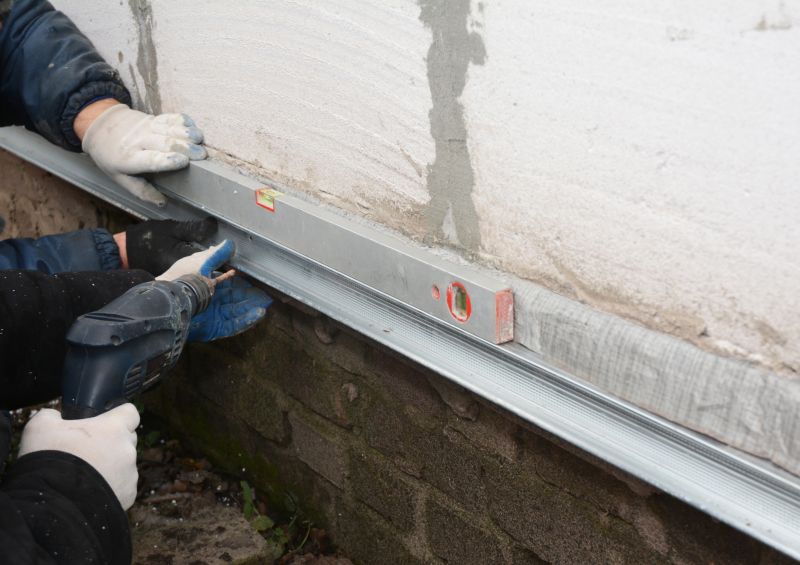
Methods used to manage soil conditions during repairs.
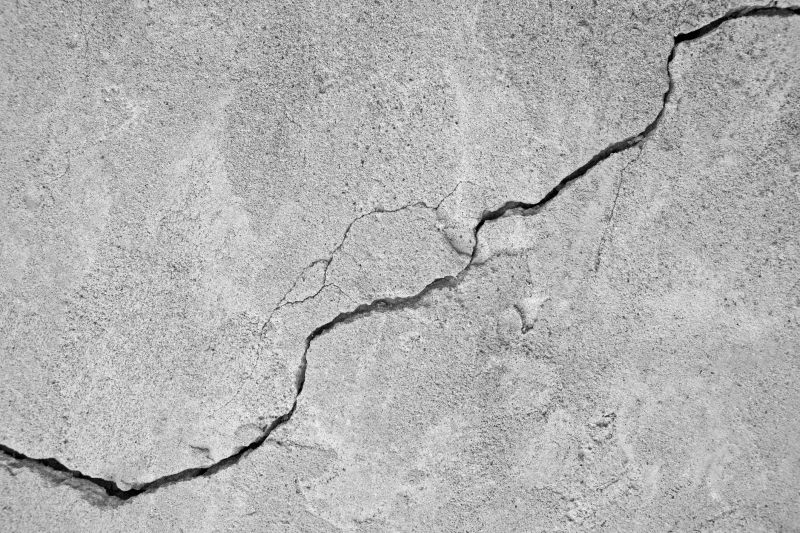
Common crack types and repair approaches.
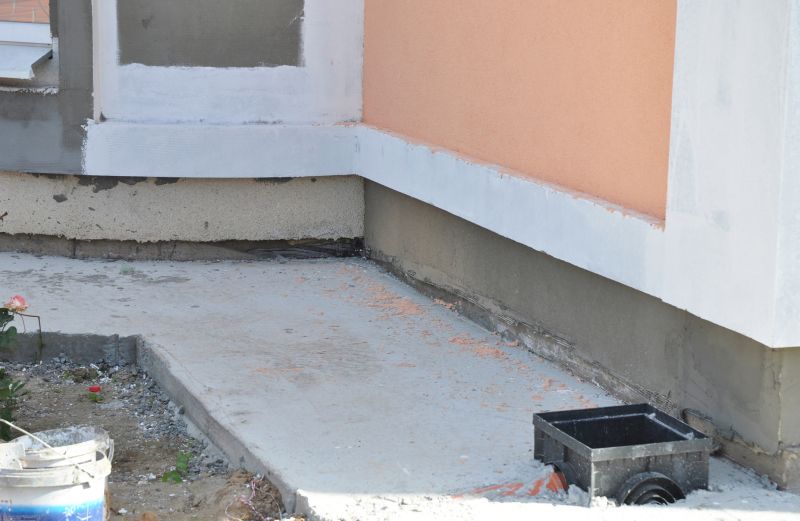
Examples of foundation stabilization results.

High-end options that actually feel worth it for Foundation Repairs.
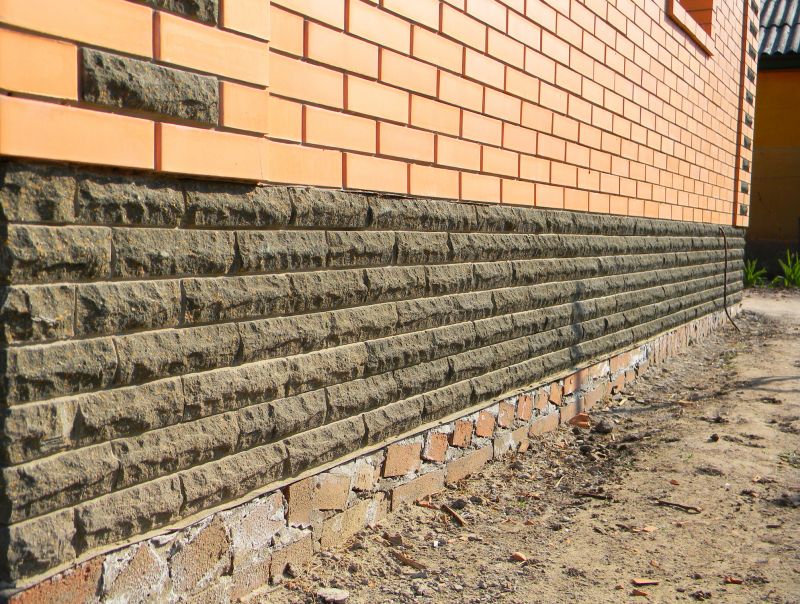
Finishes and colors that play nicely with Foundation Repairs.
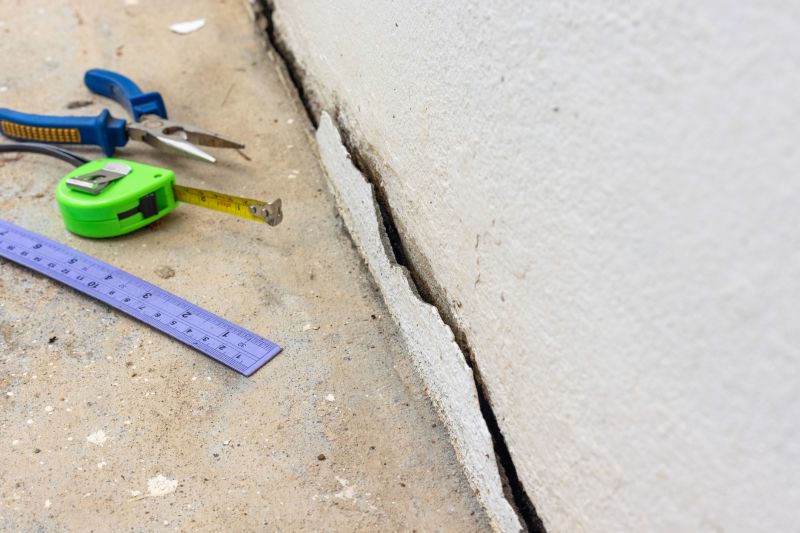
Little measurements that prevent headaches on Foundation Repairs day.
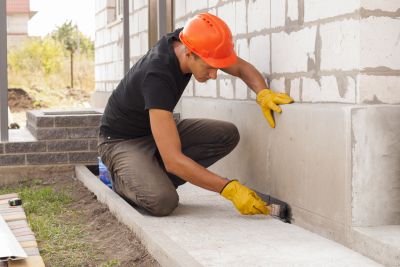
A 60-second routine that keeps Foundation Repairs looking new.
Timely foundation repairs help preserve property value and structural safety. Recognizing seasonal patterns and soil conditions can support planning and execution. If foundation issues are suspected, consulting with a foundation specialist can provide tailored recommendations based on local climate and soil characteristics. Properly scheduled repairs can prevent further damage and extend the lifespan of the structure.
Interested in foundation repair services? Fill out the contact form to receive more information and schedule an assessment.

